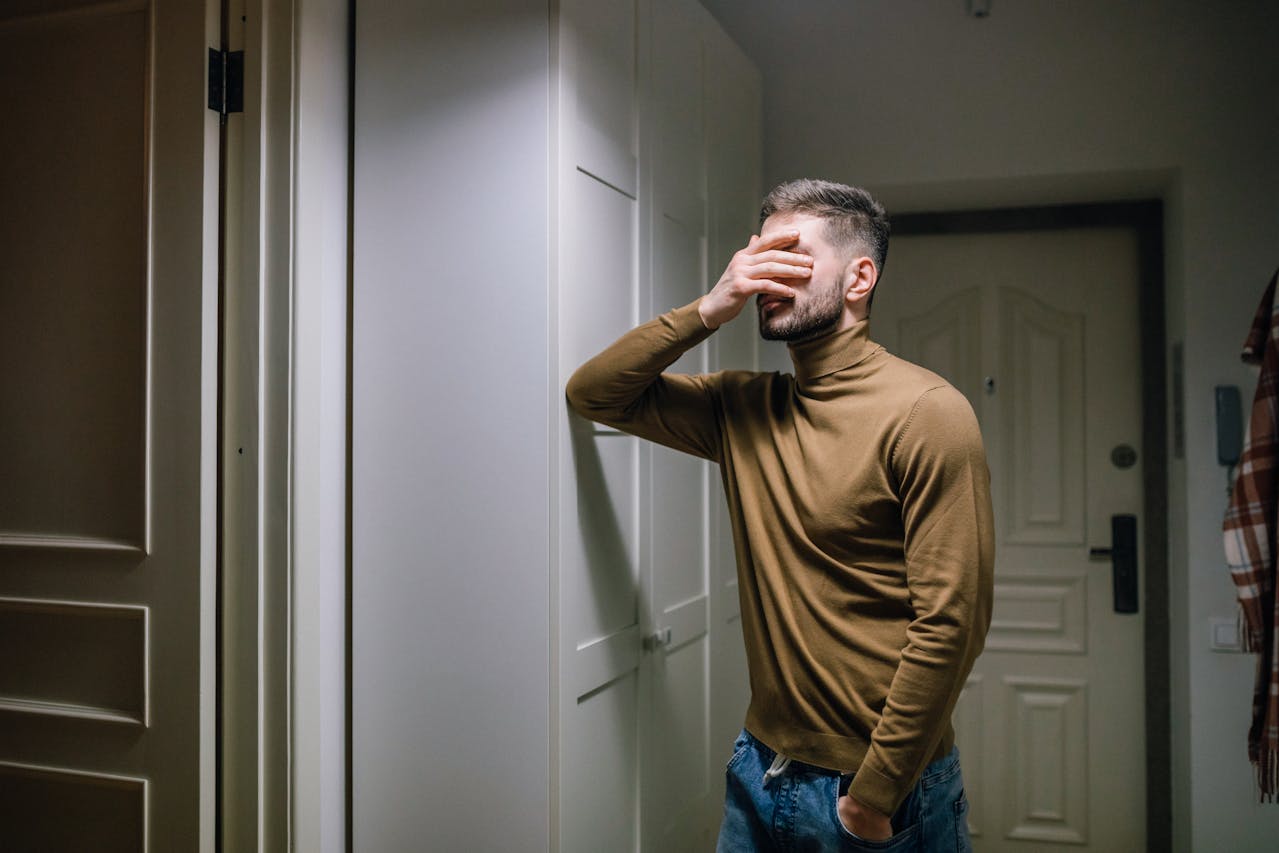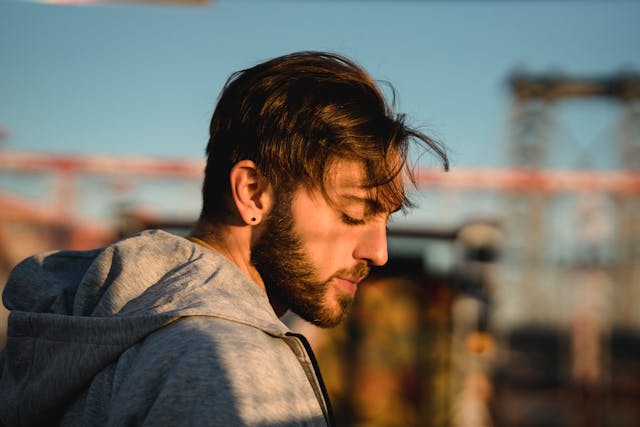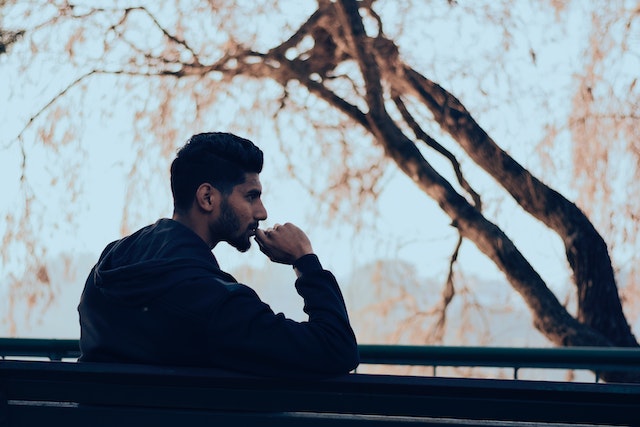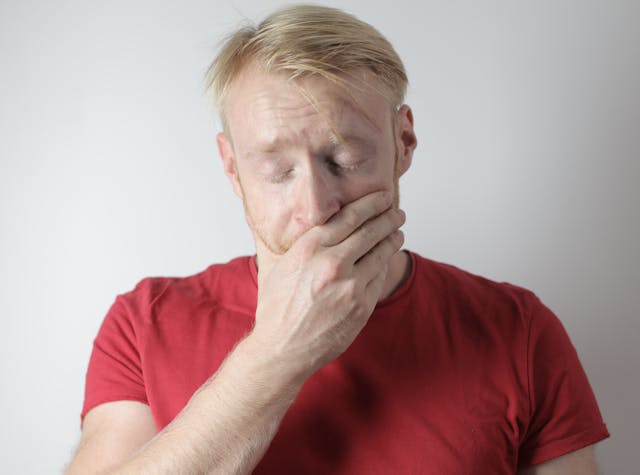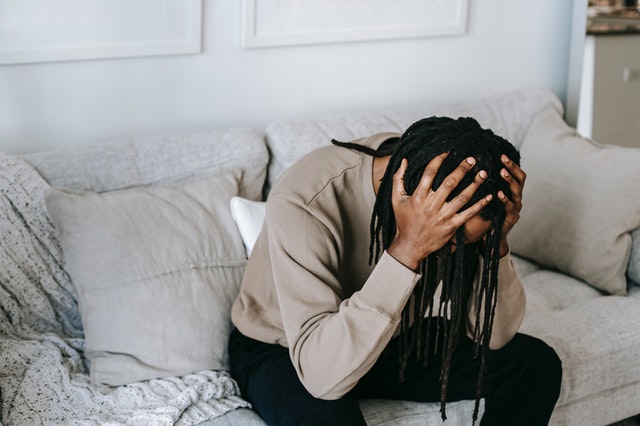Understanding Male Anxiety Symptoms: Your Comprehensive Guide
Anxiety, worry and fear are universal human experiences. But, one thing I’ve noticed in my clinical practice is that their expression can differ significantly between genders. Men, in particular, may exhibit what I call male anxiety symptoms in ways that are often overlooked due to societal expectations and stigma. Recognizing these symptoms is critical for early intervention and effective management. In this blog post, I’ll explore how anxiety manifests in men, why it’s frequently underdiagnosed, key statistics, and suggest a few practical coping strategies. By shedding light on these male anxiety symptoms, I hoping to empower men to seek help and improve their mental health.
So, What Are Male Anxiety Symptoms?
Male anxiety symptoms include a range of physical, emotional, and behavioral signs that indicate heightened stress, fear or worry. Unlike many women, who may feel more comfortable openly expressing nervousness, men are often conditioned to suppress and ignore their emotions. This can lead to anxiety symptoms that are less verbal and more behavioral. If I were to summarize the most common male anxiety symptoms that my clients report, I would include irritability, anger, restlessness, and physical complaints like headaches or muscle tension.
These emotional and somatic signs can be subtle and it’s common that they are mistaken for other issues. The circumstance that produce anxiety in men can stem from work pressure, financial stress, relationship challenges, or societal expectations to “be strong.” Because man men are less likely to discuss feelings, male anxiety symptoms may go unnoticed by friends, family, and even themselves,
These can exacerbate the condition and potentially lead to depression or substance abuse.
Physical Male Anxiety Symptoms
When I think about the men I see in psychotherapy, they report that the physical symptoms are often the first signs these men notice. But for many of them, it took them years to connect them to anxiety. Male anxiety symptoms in this category mimiced other health issues, leading men to seek medical first, before turning to psychotherapy.
Examples include:
- Muscle Tension and Pain: Chronic stress can cause tightness in the shoulders, neck, or jaw, often dismissed as physical exertion. –
- Headaches or Migraines: Frequent headaches are a common male anxiety symptom, triggered by overthinking or suppressed stress.
- Fatigue: Constant worry can drain energy, leaving men exhausted despite adequate sleep. –
- Heart Palpitations: A racing heart or chest tightness is a frequent male anxiety symptom during intense stress. –
- Digestive Issues: Anxiety can disrupt the gut, causing nausea, stomach pain, appetite changes and can play a large factor in condition like IBS.
These physical male anxiety symptoms are often misattributed to overwork, poor diet, or aging, delaying proper treatment.
Emotional and Behavioral Male Anxiety Symptoms
Emotional and behavioral male anxiety symptoms are equally significant but may be harder to recognize. I’ve noticed in my work that some men may not describe their feelings as “anxiety,” instead showing distress through actions. Important signs include:
- Worry
- OCD rituals
- Feelings of panic
- Irritability, Moodiness and Anger: Men with anxiety may snap at others or feel easily frustrated, using anger to mask worry. This is a common *male anxiety symptom* that can strain relationships. –
- Restlessness: A need to stay busy or an inability to relax may manifest as pacing, fidgeting, or taking on excessive tasks. This is often misdiagnosed as “ADHD”.
- Avoidance: Men may avoid anxiety-triggering situations, like social gatherings or work meetings, perpetuating the cycle. Avoidance underpins every anxiety disorder.
- Substance Use: Turning to alcohol and drugs to cope is a behavioral male anxiety symptom that can lead to dependency, damage relasionships and subvert career goals.
- Process addictions and compulsions: Video gaming, gambling, compulsive porn use, compulsive sexual behavior, socail media addiction, etc.
- Risk-Taking Behavior: Some men channel anxiety into impulsive actions, like reckless driving or gambling, to distract from worries. These symptoms often reflect societal pressures for men to appear in control, making it harder to admit their difficulties.
Let’s Talk Numbers: Male Anxiety Symptoms Statistics
But let’s go beyond my practice. Understanding the prevalence of male anxiety symptoms will highlight the urgency of addressing this issue. While in some people’s minds anxiety disorders are often associated with women, men are significantly affected, though their symptoms may be underreported. Here are key statistics: –
Prevalence: According to the National Institute of Mental Health (NIMH), approximately 19% of U.S. men experience an anxiety disorder in their lifetime, though this may be higher due to underdiagnosis.
Underdiagnosis: Studies suggest that men are 50% less likely than women to seek mental health treatment, meaning many male anxiety symptoms go unreported (American Psychological Association, 2019).
Work-Related Anxiety: A 2021 survey by the Anxiety and Depression Association of America (ADAA) found that 62% of men reported work-related stress as a primary trigger for male anxiety symptoms.
Physical/ Somatic Complaints: Around 70% of men with anxiety disorders present with physical symptoms, like headaches or fatigue, rather than emotional ones, leading to misdiagnosis (Journal of Men’s Health, 2020).
Substance Use: Men with anxiety are twice as likely as women to use alcohol or drugs to cope, with 15% of men with anxiety disorders developing substance use issues (Substance Abuse and Mental Health Services Administration, 2022).
It’s my hope that these statistics underscore the need for greater awareness of male anxiety symptoms and targeted interventions to address them.
Male Anxiety Symptoms Coping Strategies
Managing *male anxiety symptoms* involves practical, actionable steps that men can integrate into their daily lives. Here are some Male anxiety symptoms coping strategies. I’ve plucked from my practice:
1. Mindfulness and Relaxation Techniques: Practices like deep breathing, meditation, or yoga can reduce physical and emotional male anxiety symptoms.
2. Physical Activity: Regular exercise, such as running, weightlifting, or team sports, releases endorphins that combat anxiety. Aim for at least 30 minutes of moderate exercise five times a week.
3. Cognitive-Behavioral Techniques: CBT tools, like challenging negative thoughts or journaling, help break the grip of anxious thinking and can teach you helpul skills to escape the cycle. A good anxiety therapist can guide men in mastering these skills.
4. Social Support: Talking to a trusted friend working with an good anxiety therapist, or joining a men’s mental health group can alleviate feelings of isolation.
5. Healthy Lifestyle Choices: Prioritize 7-8 hours of sleep, a balanced diet, and limited caffeine or alcohol to stabilize mood and reduce male anxiety symptoms.
6. Professional Help: We know a lot about how people recover from anxiety disorders. Many men instinctlively no that “just talking alone won’t help”. Skills therapy is highly effective for anxiety, so are EMDR, neurofeedback and somatically oriented therapy.
7. Time Management: Structuring daily tasks and setting realistic behavioral goals can reduce your overwhelm, a common trigger for male anxiety symptoms.
8. Hobbies and Distractions: Engaging in activities like music, gaming, or woodworking can provide a mental break from anxious thoughts. Use distraction wisely and don’t overuse it.
Consistency is key. It takes most a bit of experimenting to find what works best for you.
The Importance of Early Intervention
Untreated male anxiety symptoms can lead to chronic health problems, strained relationships, and reduced quality of life. Do something about it when it’s in the early stages. This will your anxiety symptoms from prevents escalating and helps you regain control.
If you or someone you know is experiencing male anxiety symptoms, take the first step toward better well-being today. Have a look at my blog to get a better understanding of anxiety and reach out
As a seasoned Anxiety Therapist in San Francsico, and Anxiety Therapist In Palo Alto, I can help guide you toward being a calmer, more confident, more clear -headed you.
Let’s connect.

